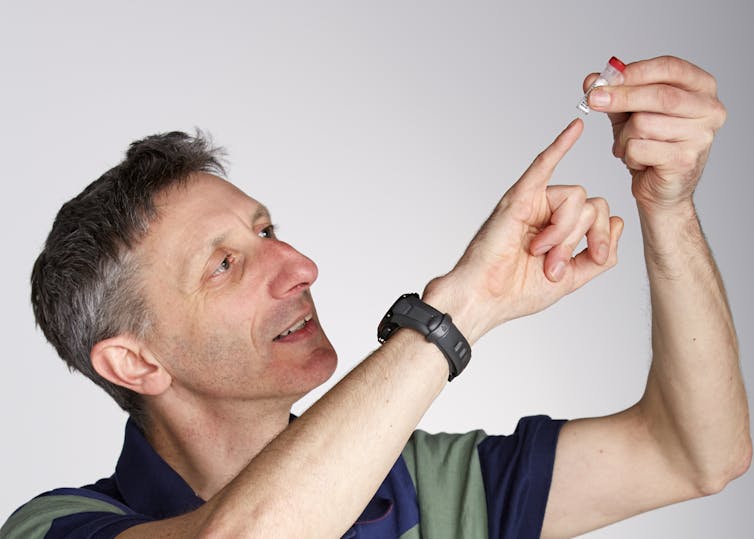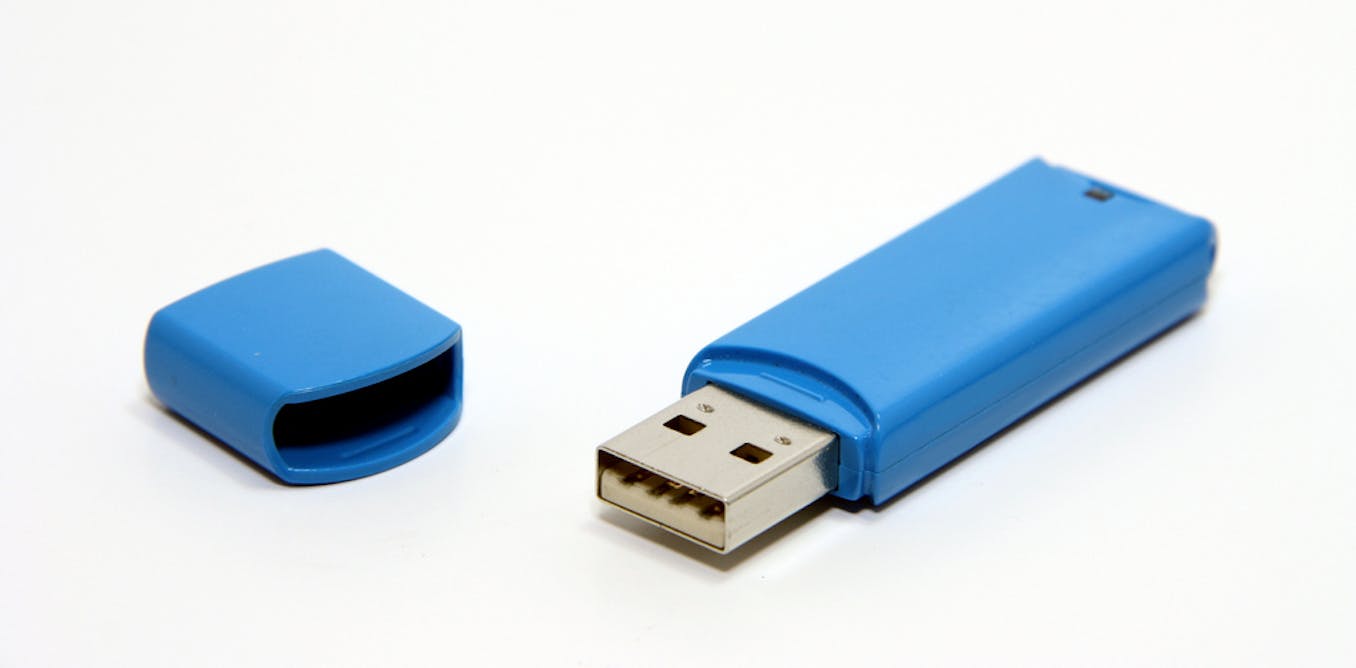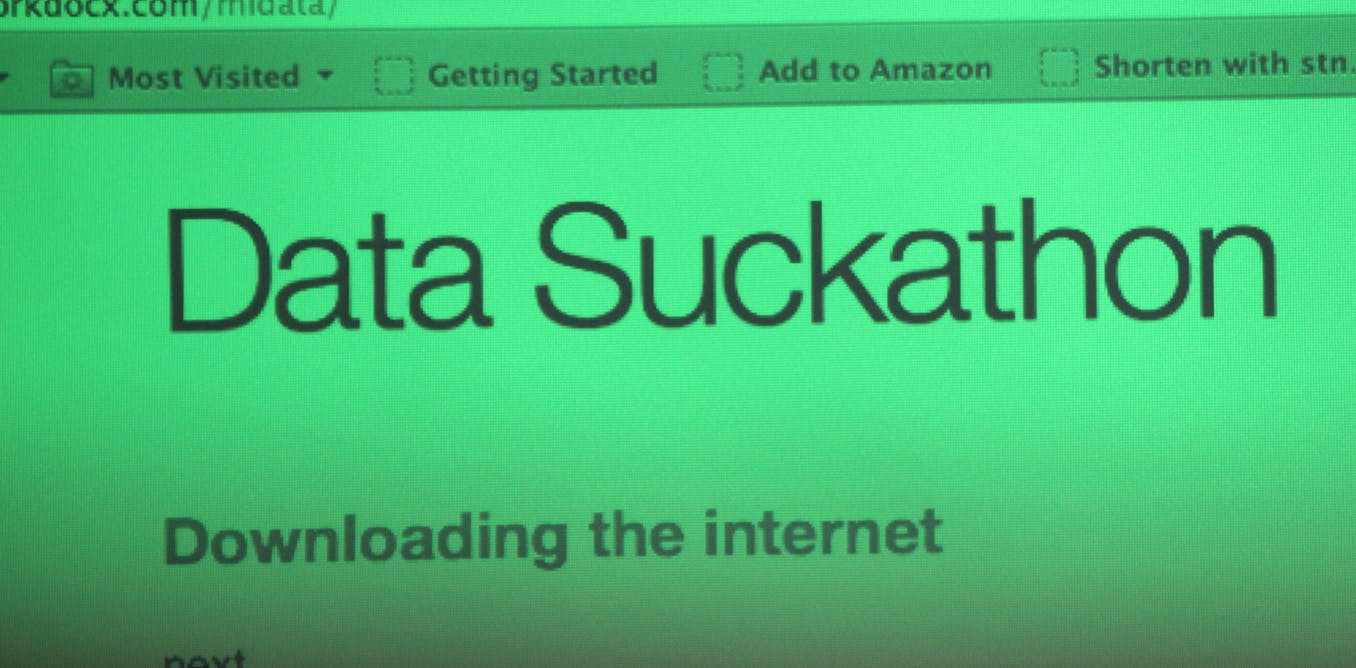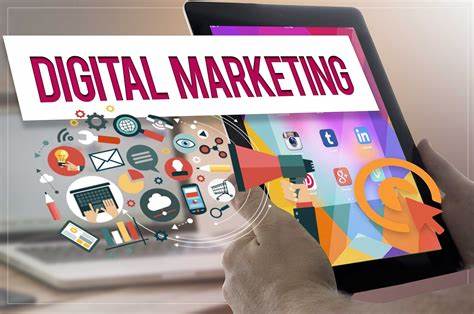
Organic methods were the use of DNA as a data garage molecule for billions of years. Huge quantities of information can thus be encoded inside of microscopic volumes, and we supply the evidence of this idea within the cells of our personal our bodies.
May this final garage resolution meet the ever-growing wishes of archivists on this age of virtual data?
This dream has come a step nearer to fact with the newsletter of a brand new methodology on this week’s version of the clinical magazine Nature.
Saved in DNA
A workforce of researchers headed by means of Nick Goldman and Ewan Birney on the Ecu Bioinformatics Institute of the Ecu Molecular Biology Laboratory (EMBL-EBI) has dramatically demonstrated the potential for the approach to retailer and delivery human-made records.
Their records incorporated some well-chosen iconic components: Shakespeare’s 154 sonnets, an audio excerpt from Martin Luther King’s “I’ve a dream” speech, Watson and Crick’s vintage paper at the construction of DNA, and a color {photograph} of the Ecu Bioinformatics Institute.
Those recordsdata, in commonplace virtual codecs discovered on virtually each desktop pc, had been encoded byte-by-byte as DNA molecules, shipped from america to Germany with out specialized packaging, and in spite of everything decoded again into their authentic digital codecs.
Even if the learn about concerned lower than a megabyte of information in overall, that is already orders of magnitude greater than has in the past been encoded as synthesised DNA.
The authors argue convincingly that the methodology may just sooner or later be scaled as much as create a garage capability some distance past the entire virtual data saved globally these days (someplace within the neighborhood of 1 zettabyte or 1015 megabytes).
Best possible for records garage
DNA molecules are herbal automobiles for virtual data. They consist of 4 chemical compounds attached end-to-end like characters of an alphabet to shape lengthy strings very similar to a line of textual content. DNA molecules are much more very similar to the sequences of zeroes and ones that virtual computer systems use to constitute data.
DNA has considerable benefits over each published textual content and digital media. For something, it may stay solid for lengthy sessions of time with no less than care. Intact DNA has been extracted from bones (and different natural topic) tens of hundreds of years outdated, and its collection reconstructed with as a lot element as though it had come at once from a dwelling organism.
Some other good thing about DNA over digital media is that it calls for no energy provide to take care of its integrity, which makes it simple to move and retailer, and doubtlessly much less liable to technological failure.

Ecu Molecular Biology Laboratory
Possibly the best good thing about DNA as a garage medium is its minuteness. For instance, EMBL-EBI’s reputable press liberate claims that greater than 100 million hours of high-definition video may well be saved in kind of a cup of DNA.
We’re getting there
DNA garage gadgets gained’t be to be had within the grocery store any time quickly. The main problem is the present charge of synthesising DNA within the amounts required, estimated at round US$12,400 in line with megabyte of information saved.
That is cost-effective just for archives supposed to final loads and even hundreds of years – one thing few people ponder.
The principle charge of keeping up digital archives over one of these lengthy time period is that the media should be periodically changed and the information copied, while DNA has simply to be saved someplace cool, dry and darkish.
But when the price of synthesising DNA can also be lowered by means of one or two orders of magnitude – which, judging by means of present traits may just happen inside of a decade – DNA archives supposed to final lower than 50 years would develop into possible.
Some other factor is the price of deciphering the tips saved in DNA, estimated at about US$220 in line with megabyte. At that worth, DNA archives would simplest be infrequently accessed. But this too may just trade within the close to long run, given the speedy tempo of innovation in DNA-related applied sciences.
We shouldn’t let those sensible problems distract from the importance of this thrilling innovation.
Because the inventors indicate, the methodology might already be economically viable and tasty for sure long-term, now and again accessed archives, together with some executive and ancient data, or science initiatives that generate large quantities of information.
Examples of the latter come with vital large-scale experiments in particle physics, astronomy and medication.
However most likely essentially the most thrilling side of this proof-of-concept learn about is the impetus it supplies to additional innovation and the unexplored doorways of chance it opens.
Supply By way of https://theconversation.com/dna-data-storage-100-million-hours-of-hd-video-in-every-cup-11777






